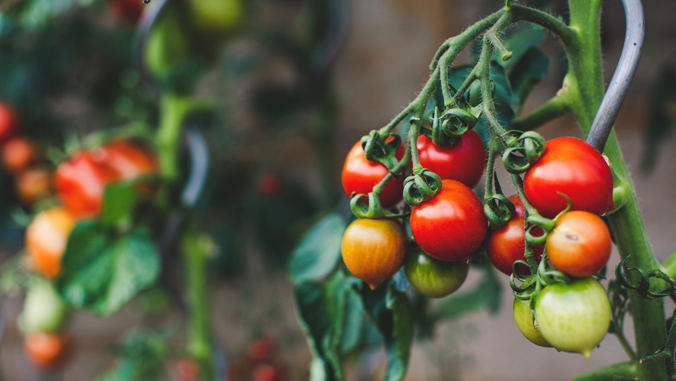
After the demise of the pineapple and sugar industries in Hawaiʻi, could agriculture be revived as a major economic driver for our state? University of Hawaiʻi Economic Research Organization (UHERO) experts say this is possible, but the state will need to overcome some challenges.
In UHERO’s latest brief, “The agricultural economic landscape in Hawaiʻi and the potential for future economic viability,” researchers say the economic value of Hawaiʻi’s agricultural production has declined much more than the state’s physical production of agricultural goods, because consumer prices have skyrocketed at a higher rate than wholesale agricultural prices.
One reason for UHERO’s optimism is that researchers say the state has more idle cropland than harvested cropland, which represents an economic opportunity. They recommend utilizing these areas to capitalize on Hawaiʻi’s rich soils and ideal climate to increase productivity of high-value crops (fruits, vegetables, etc.).
Lack of mechanization
Hawaiʻi’s agriculture industry does not utilize machines to perform duties as much as more productive agricultural areas on the U.S. mainland. This results in unusually high labor costs and associated low labor productivity. Researchers say the lack of mechanization is due to “the relatively small scale and unique geography of Hawaiʻi’s agricultural land, which is comprised of smaller and more fragmented fields that can be rockier and more steeply sloped.” UHERO recommends using emerging technology, such as artificial intelligence and robots, which may favor smaller-scale mechanization.
Agriculture data challenges
Agriculture data is limited and error-prone, making it difficult to detect emerging trends in Hawaiʻi‘s agriculture industry, according to UHERO.
“Some standard metrics, like average farm size, can be especially misleading due to the way farms are defined, the manner in which data are collected, and how both definitions and sampling change over time. Some surveys exclude Hawaiʻi or have very small samples from the state,” UHERO said. “Improved data collection may shed clearer light on challenges and prospects for Hawaiʻi agriculture.”
Read the full brief on UHERO’s website.
This brief is a follow up to UHERO’s “Reviving Agriculture to Diversify Hawaiʻi’s Economy” brief published in January 2021.
UHERO is housed in UH Mānoa’s College of Social Sciences.
This work is an example of UH Mānoa’s goal of Excellence in Research: Advancing the Research and Creative Work Enterprise (PDF), one of four goals identified in the 2015–25 Strategic Plan (PDF), updated in December 2020.

